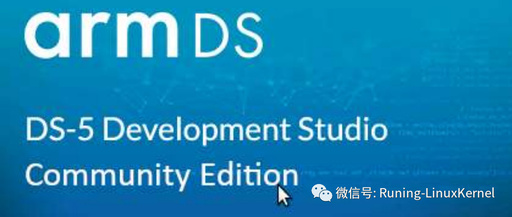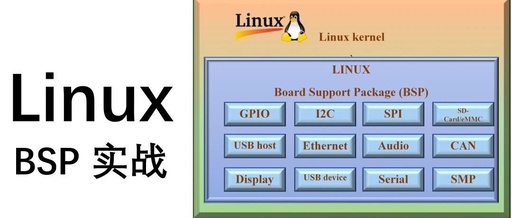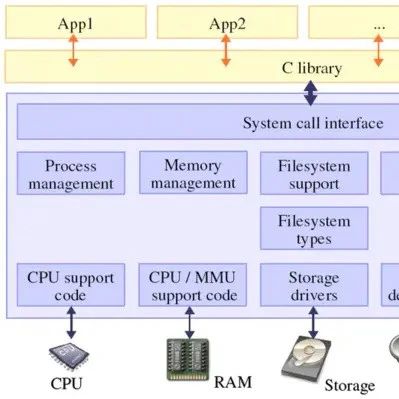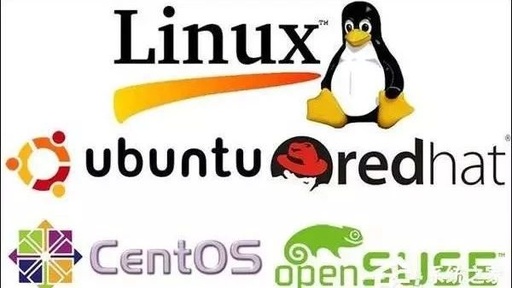Debugging ARM64 Kernel with DS-5 Community Edition
In Chapter 3 of “Running Beginner’s Guide,” Ben Shu introduced the method of step-by-step debugging the kernel using Eclipse + QEMU. With the kernel compiled using Ben Shu’s unique O0 option, you can freely explore the kernel. Today, Ben Shu will introduce the IDE debugging tool developed by ARM: DS-5. DS-5 is a secondary development … Read more









